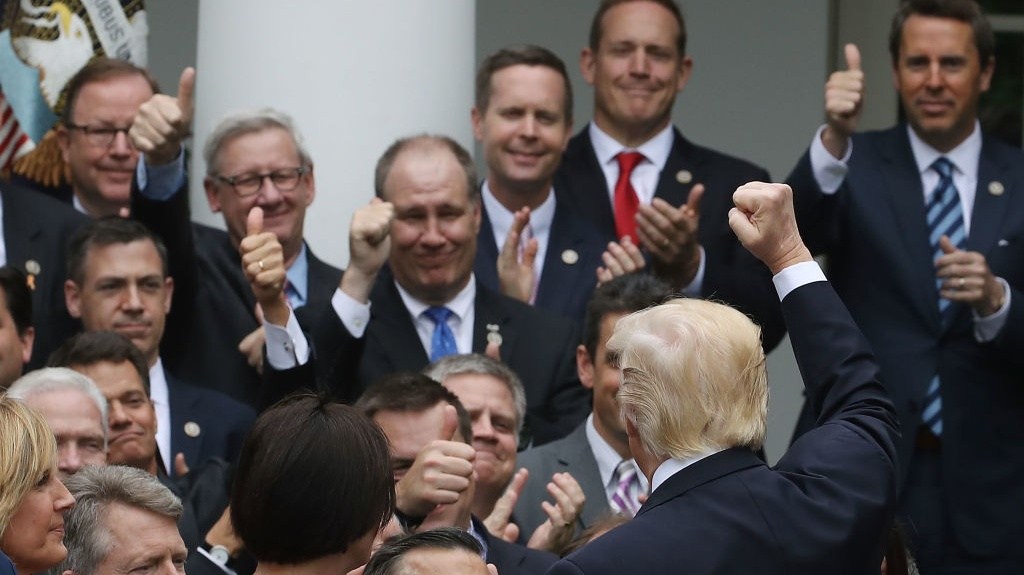By Darreonna Davis/Originally published by The 19th
Education does not solve the pay gap between men and women, data from the U.S. Census Bureau found, and the higher-paying the field, the greater the difference. That disparity is unsurprising to experts and advocates, who point to societal norms, policy shortcomings and inflexible working schedules as big parts of the problem.
The gender wage gap is the difference in median annual earnings of women compared to men, and, according to a report published by the Pew Research Center earlier this year, it has not changed much in the past 20 years. Pew found that in 2022, women earned 82 cents for every dollar a man earned, compared to 2002, when women earned 80 cents for every dollar a man earned.
The census data shows the gender wage gap persisting in every occupation, even if women make up the majority of workers. Although women make up the majority of social work, elementary education and family and consumer science degree holders, the small portion of men who do hold these degrees typically earn more than the women.
Women with degrees in higher-paying fields saw a larger difference in pay than those in lower-paying fields. For example, women with a social work degree earned $5,710 less than their male counterparts while women with an economics degree earned $22,550 less than a man with the same degree.
And the gap only widens when race and ethnicity are taken into account. Last year, Black and Hispanic women only earned 67.4 percent and 61.4 percent respectively of what White men earned, according to the Institute for Women’s Policy Research.
The idea that education is not enough to close the gender wage gap was echoed earlier this year by the U.S. Department of Labor, which found that the gap persisted at every level of educational attainment and remains even with women having more years of education than men. In fact, the gap worsens as women attain higher education. Data shows the median weekly earnings difference between men and women with less than a high school diploma is around $150, while the median weekly earnings among women with advanced degrees is around $450 less than their male counterparts.
Still, women have persisted in obtaining higher education and breaking into male-dominated fields. A report from Pew published last month found women occupy 35 percent of the top 10 highest paying jobs compared to 1980, when they only made up 13 percent of these occupations. The percentage of dentists who are women increased from 7 percent to 33 percent; 38 percent of physicians are women compared to 13 percent in 1980; the percentage of lawyers who are women jumped from 14 percent in 1980 to 40 percent.
The inroads women make in these fields start with the selection of an undergraduate major. For this first big step, Jessamyn Schaller, an associate professor of economics at Claremont McKenna College, says having women professors can make a huge difference.
“There’s studies that show women who have a female professor in their intro-level class in sort of STEM fields or in economics are more likely to choose that class as a major,” Schaller said. It’s something that she takes into consideration as an introductory economics professor. “It’s important to me that, when I teach intro, I teach it in a way that kind of shows my students how interesting it can be and try to be a role model for it,” she said. “And I definitely have had students who said, ‘Oh, I didn’t think I wanted to do this, but I took your class, and now I’m choosing it as a major,’ or ‘I’m going to double major.’ And that really means a lot to me.”
According to Rose Khattar, the director of economic analysis at the Center for American Progress, the gender wage gap is a systemic issue. The census data shows fields dominated by men are higher-paying than fields dominated by women, and Khattar points to societal biases of where men and women should work for causing this occupational segregation and impacting policy choices.
“Caregiving roles tend to be disproportionately performed by women in the home, historically, and so there’s this idea that then follows through into the paid labor market. So, you see more women are working in teaching, and more women are working in childcare or home health care or different aspects of the care economy. But those societal biases, to me, aren’t really the way that we should be allocating where people work,” Khattar explained.
Both Khattar and Schaller believe the right policies can be put in place to help tighten the gender wage gap. Khattar mentioned the lack of federal paid family and medical leave in the United States, noting that “means that there’s penalties associated financially with taking time off,” which impact women more than men. She also pointed to the Paycheck Fairness Act, which seeks to limit sex-based wage discrimination; developing pathways for women to enter high-paying jobs; and the Raise the Wage Act, which would set the federal minimum wage at $17 an hour.
“One of the biggest things that could be done is to increase the minimum wage — and that’s something that could be done at a state level and a federal level — because we know that women, particularly Black women and Latinas, are overrepresented in low-wage work,” she said. “That would really make inroads in listing off the quality of low wage occupations, which would, given the disproportionate amount of women who work in those jobs, that would be a huge step to closing the gender pay gap.”
Schaller is hopeful that the flexible working policies that were implemented to limit the spread of COVID-19 can still be practiced to better support working women. Her research observed that, during the height of the pandemic, college-educated women in careers were opting to work remotely, adjusting their working hours or leaving their jobs altogether to care for their children who were learning from home. But fewer dads were doing so.
“There’s still really a gap in the amount of housework and child care that people are doing. So, even in dual-earner households, women are doing a larger share of the housework and child care,” Schaller said.
Working during the pandemic proved flexible work could improve professional and financial outcomes for women.
“I’m hopeful that COVID may have changed things a little bit. We saw that COVID opened the door to more zoom calls and remote work possibilities, and a larger chunk of the labor force, including men, are now hoping to have more flexible work schedules to be able to work from home a few days a week,” she said. “I’m hopeful that that may have spurred some positive change on that front.”
Image: freepik



































